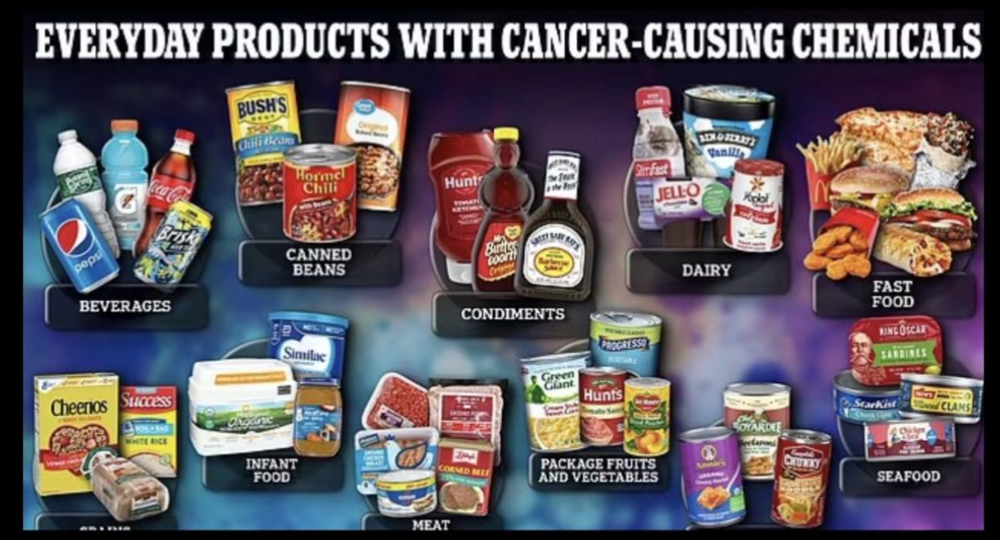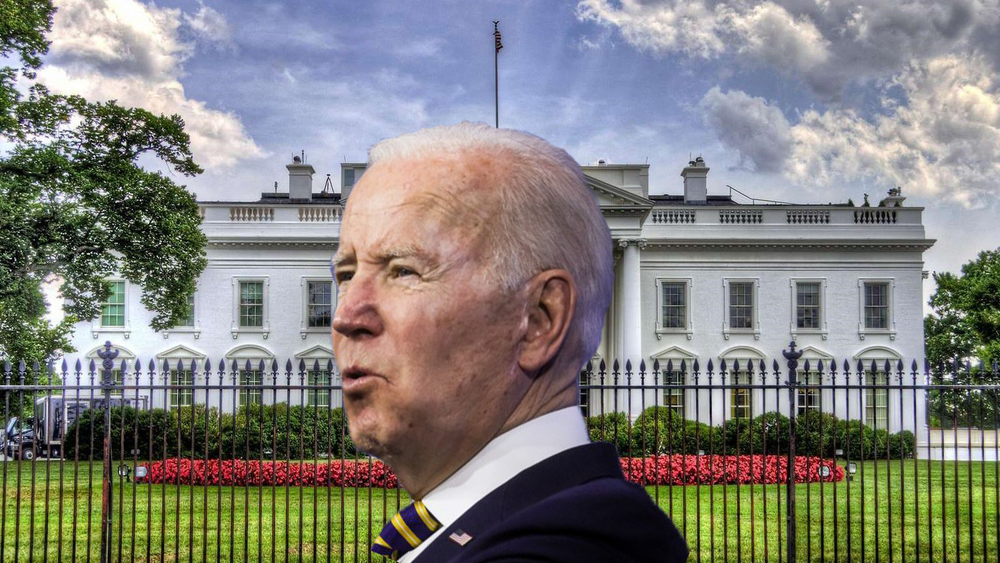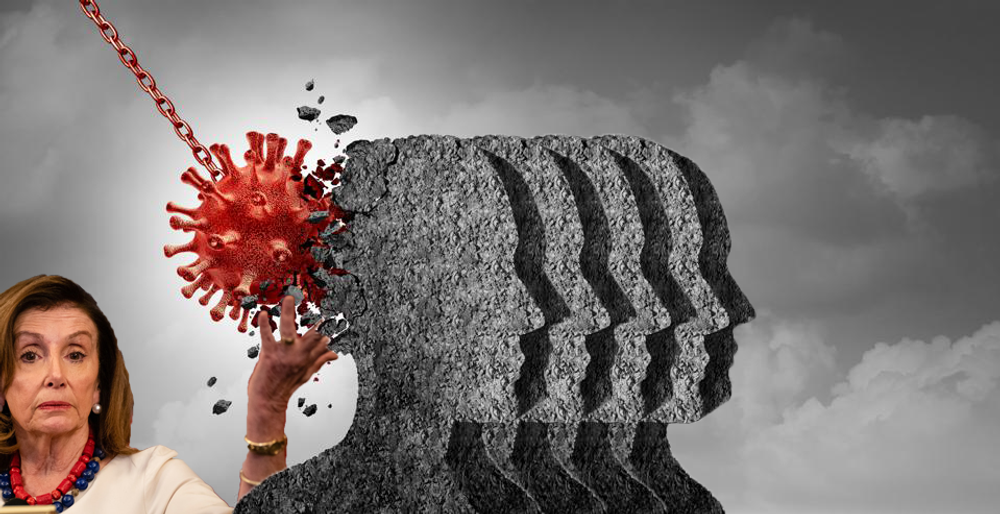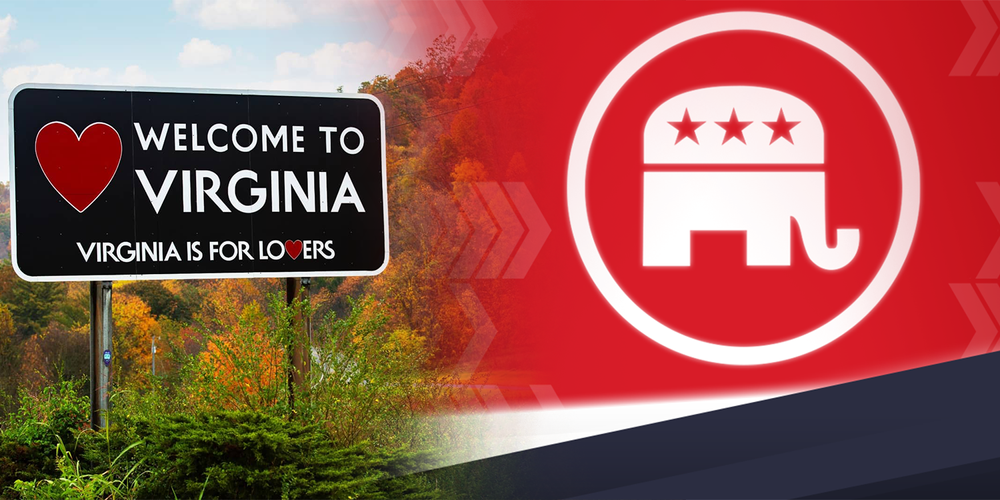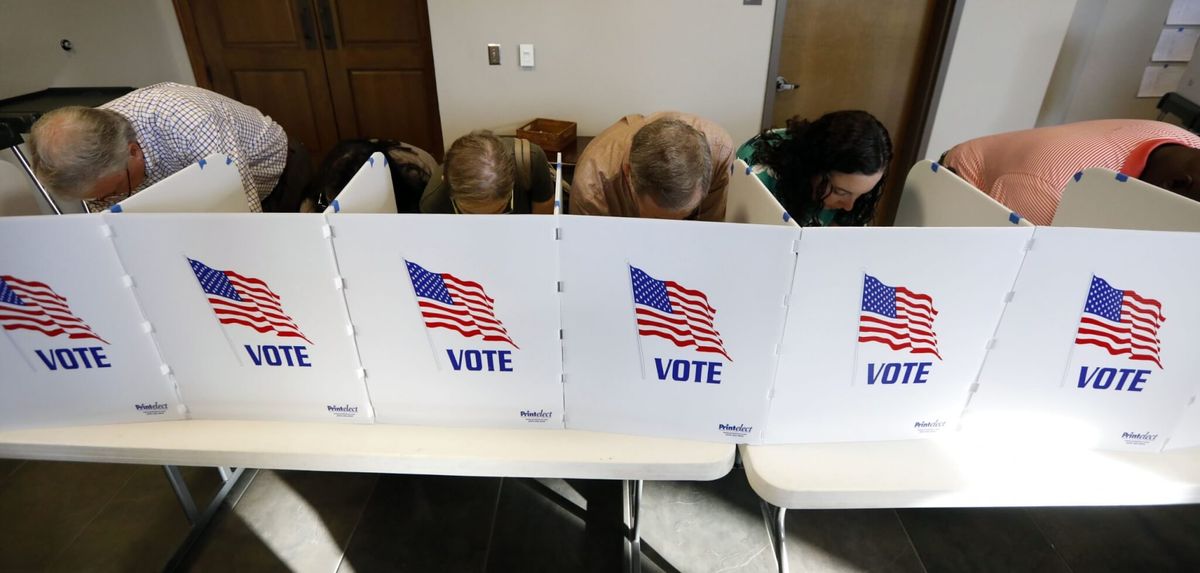
How Third Party Candidates Could Upset US Presidential Election
In next year’s U.S. presidential election, most voters will have one or more additional choice beyond the nominees of the Democratic and Republican parties. And there are indications that a relatively obscure third-party candidate has the potential to decide the election’s outcome.
That happened in 2016 when a smattering of votes in key battleground states in the Midwest enabled Donald Trump to defeat Hillary Clinton, who won the overall popular vote, thus capturing the tabulation for the Electoral College.
Like Clinton, then-Vice President Al Gore, also a Democrat, saw his Oval Office dreams shattered in 2000 when Green Party candidate and consumer activist Ralph Nader tipped the extremely close election of 2000 in favor of Republican George W. Bush.
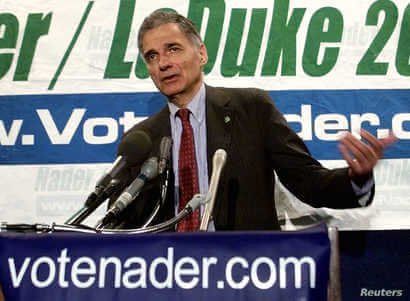
No coalitions
Compared to most other democracies, the presidential election system of the United States is unusual and not only because of the Electoral College, a system which in 48 of the 50 states the candidate who wins the majority of votes in a state secures all of that state’s electoral votes.
“There are not a lot of strictly presidential systems. Most countries do have something that looks more like a parliamentary system where you are able to develop coalitions between parties,” says Samara Klar, an associate professor of government and public policy at the University of Arizona.
“What we see in the United States, where partisanship sort of becomes wrapped up in your social identity, is very unusual,” Klar tells VOA.
This polarization tends to limit political contests to the two big parties with others only able to nibble at the edges.
Few big splashes
It is thus rare for independent or third-party candidates to make a big splash in modern U.S. presidential elections. The last time a third-party candidate outperformed one of the two major parties was in 1912 when former Republican President Theodore Roosevelt, running on the Progressive ticket, finished second to Democrat Woodrow Wilson.
Recent research by Klar, who studies independent voters, indicates Democratic-leaning independents are currently more satisfied with their party than Republican-leaning independents.
“So I guess if somebody really wanted to make a go for it (in 2020) as a third-party candidate, the Republican-leaning independents seem to be the ones that might be least committed to their own party right now,” explains Klar.
That would indicate a third-party candidate next year would potentially have more opportunity to peel off voters from Trump, a Republican, than his eventual Democratic challenger.
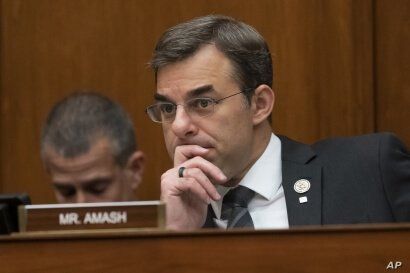
GOP challenger?
No such high-profile outside candidate has yet to emerge. But there will be contenders.
Independent congressman Justin Amash from Michigan, who left the Republican Party, is seen as a potential Libertarian Party candidate to challenge Trump.
The Libertarian nominee in 2016, former New Mexico Governor Gary Johnson captured more than 3% of the national vote.
A former West Virginia coal executive, Don Blankenship, who portrays himself as “Trumpier than Trump” is a candidate for the nomination of the Constitution Party, which is expected to be on the ballot in about 15 states.
There is also speculation Democratic presidential hopeful Tulsi Gabbard, who is a U.S. House member from Hawaii, will pursue a third-party candidacy.
Clinton has suggested the Russians are “grooming” Gabbard to make such a run.
The House member from Hawaii says she will not be a third-party candidate and calls accusations she is a Russian agent, “completely despicable.”
Clinton also accuses Jill Stein, the Green Party candidate in 2012 and 2016, of being a “Russian asset.”
“They know they can’t win without a third-party candidate,” Clinton said last month of the Russians.
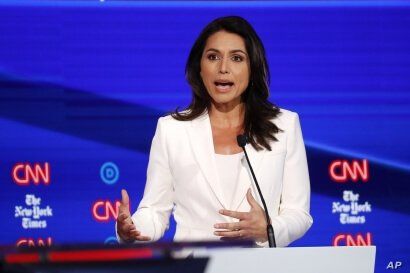
There is a connection between Moscow and former Minnesota governor Jesse Ventura, who says he is interested in the nomination of the Green Party.
Ventura, who became famous nationally as a professional wrestler, hosts a talk show on RT America, a TV channel funded by the Russian government.
Green Party Communications Manager Michael O’Neil is frustrated with the chatter about links between his party and Moscow.
“Anyone who’s presenting a left populist agenda that’s calling for real reform and for dismantling the corporate power structure that runs this country, they say, ‘Oh, they’re foreign agents, they’re a foreign asset, foreign infiltrators,’” O’Neill tells VOA.
The spokesman for the Greens also says the party’s critics oscillate between terming it insignificant and having outsized influence.
“They’re saying that the Green Party or third parties are fringe, they don’t matter, then the next day, they’re saying that we can single-handedly change the outcome of a presidential election. Both of those things cannot be true,” says O’Neill.
What is true, according to the U.S. intelligence community, is the Russians did interfere in the 2016 election and are likely to try to do so again next year.
“A third-party candidate causing electoral chaos would be very attractive from a Russian perspective, given the predilection for trying to sow confusion and mistrust in the democratic process and institutions,” says Steven Lloyd Wilson, assistant professor of Political Science at University of Nevada, Reno.
“The bulk of the disinformation campaign in 2016 revolved around pushing and amplifying existing cleavages in American politics, using largely cut-and-pasted content from American sources, but retweeted by bot networks so as to try to increase the reach,” explains Wilson, who is also the project manager of the V-Dem Institute.
Wilson tells VOA he sees a similar social media campaign as the main risk from Moscow next year supporting a third candidate to try to swing the president election “to reinforce existing narratives being pushed by American actors.”
 White House to Skip Wednesday’s Impeachment HearingNext PostTrump Heads to Summit Under Cloud of Impeachment
White House to Skip Wednesday’s Impeachment HearingNext PostTrump Heads to Summit Under Cloud of Impeachment
